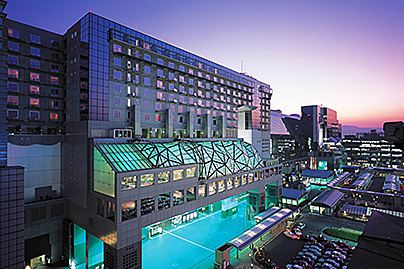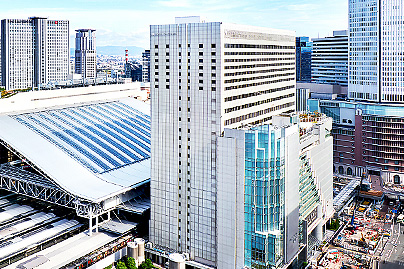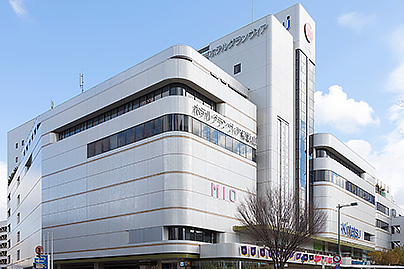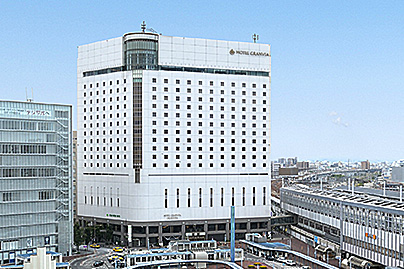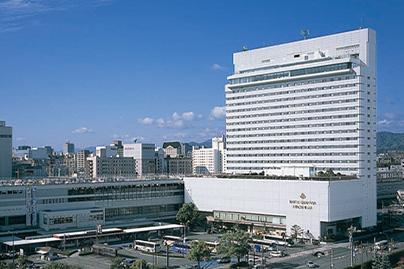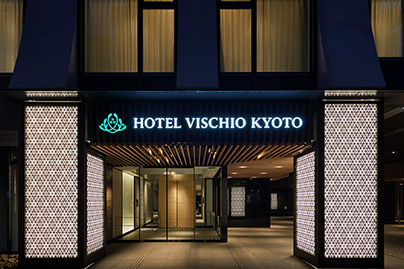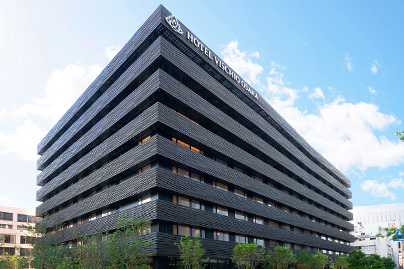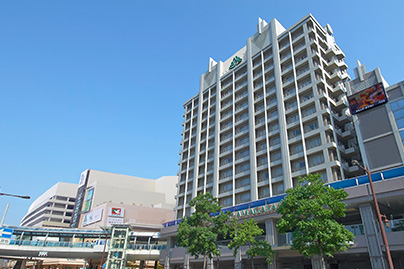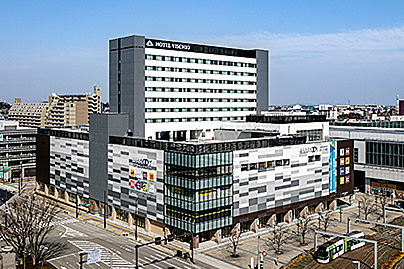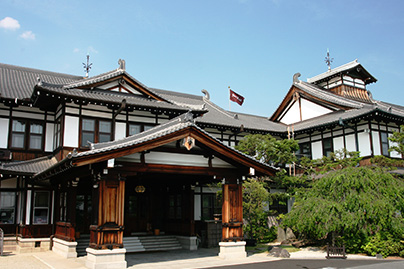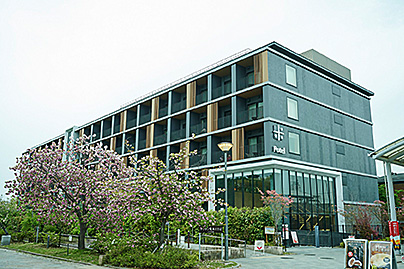About
JR-West Hotels
As part of the JR-West Group, JR-West Hotels currently operates 11 properties with 3,620 rooms across four brands, primarily in the Kansai region.
A base for enjoying an elevated travel experience, the full-service Hotel Granvia appeals to guests with a focus on regional color and the peace of mind offered by direct connections to Shinkansen and terminal stations in Kyoto, Okayama, Hiroshima and other cities. A base for accommodating the discerning traveler, the lodging-oriented Hotel Vischio offers the latest in streamlined services with outstanding access to stations in Kyoto, Osaka, Amagasaki and elsewhere.
Also among the varied brands under the JR-West Hotels banner are Umekoji Potel Kyoto, located in a quiet Kyoto neighborhood and offering guests their choice of relaxing experiences, from sento (a communal bath), to books, music and games; and the Nara Hotel, a historic hotel founded in 1909 that even today exudes a nostalgic ambience reaching back more than a century.
Building on the trust we have faithfully nurtured since our start in train stations, JR-West Hotels works with its local communities to offer experiences that enrich the lives of each and every guest. As we aim to deliver world-class levels of service, we will continue to create travel options that charm and bring people together. Welcoming guests with smiles second to none, We are JR-West Hotels.












































